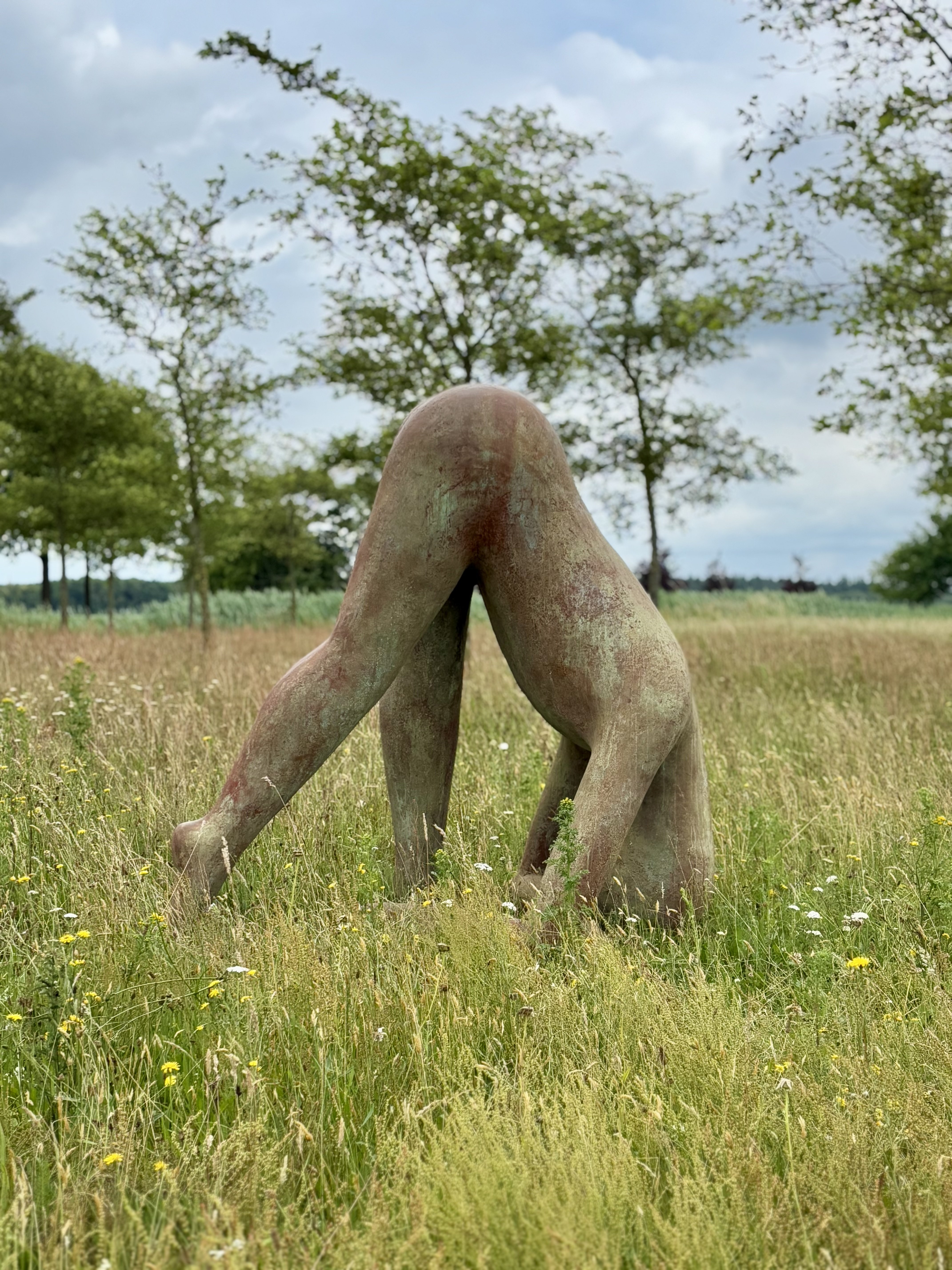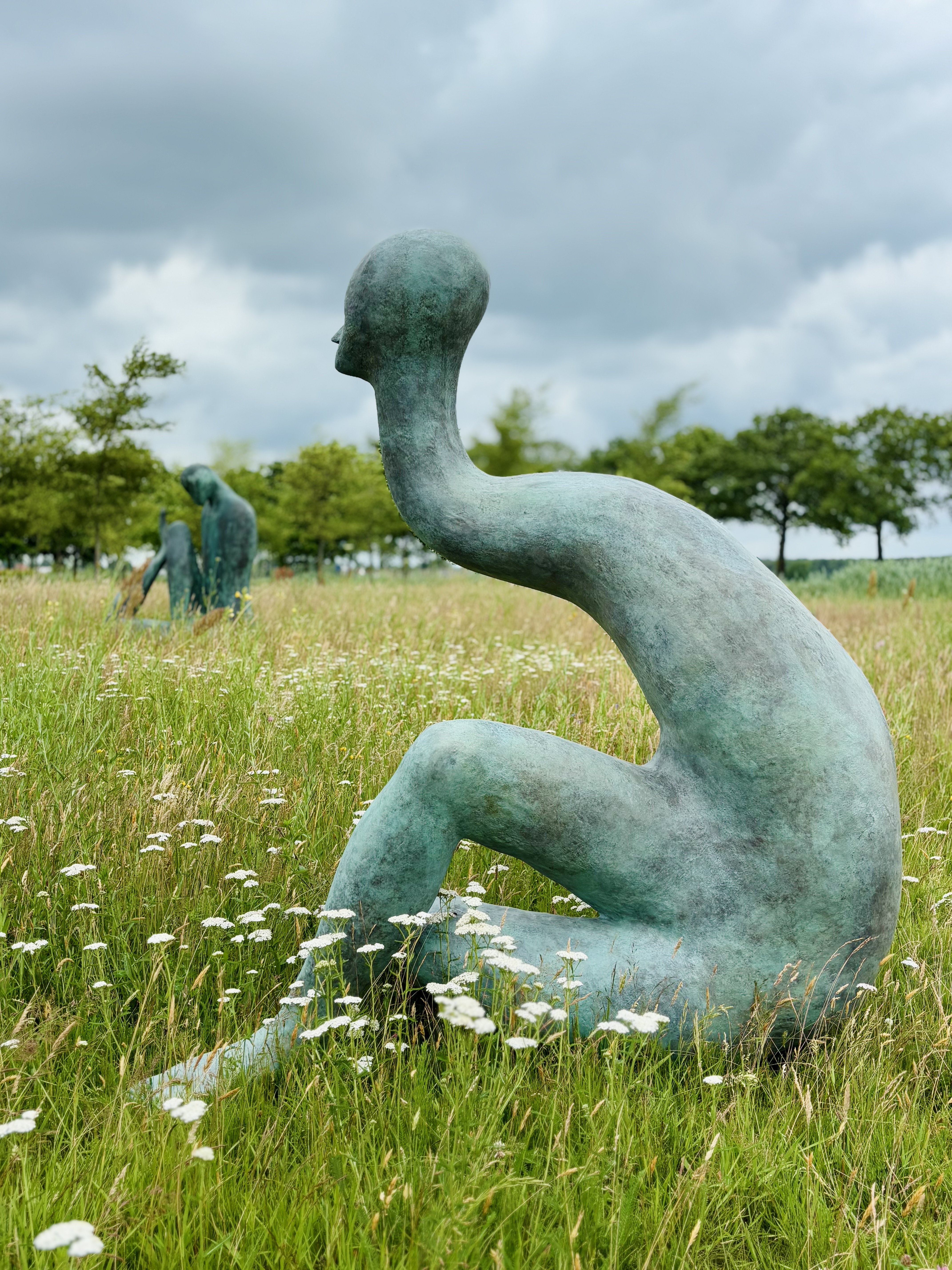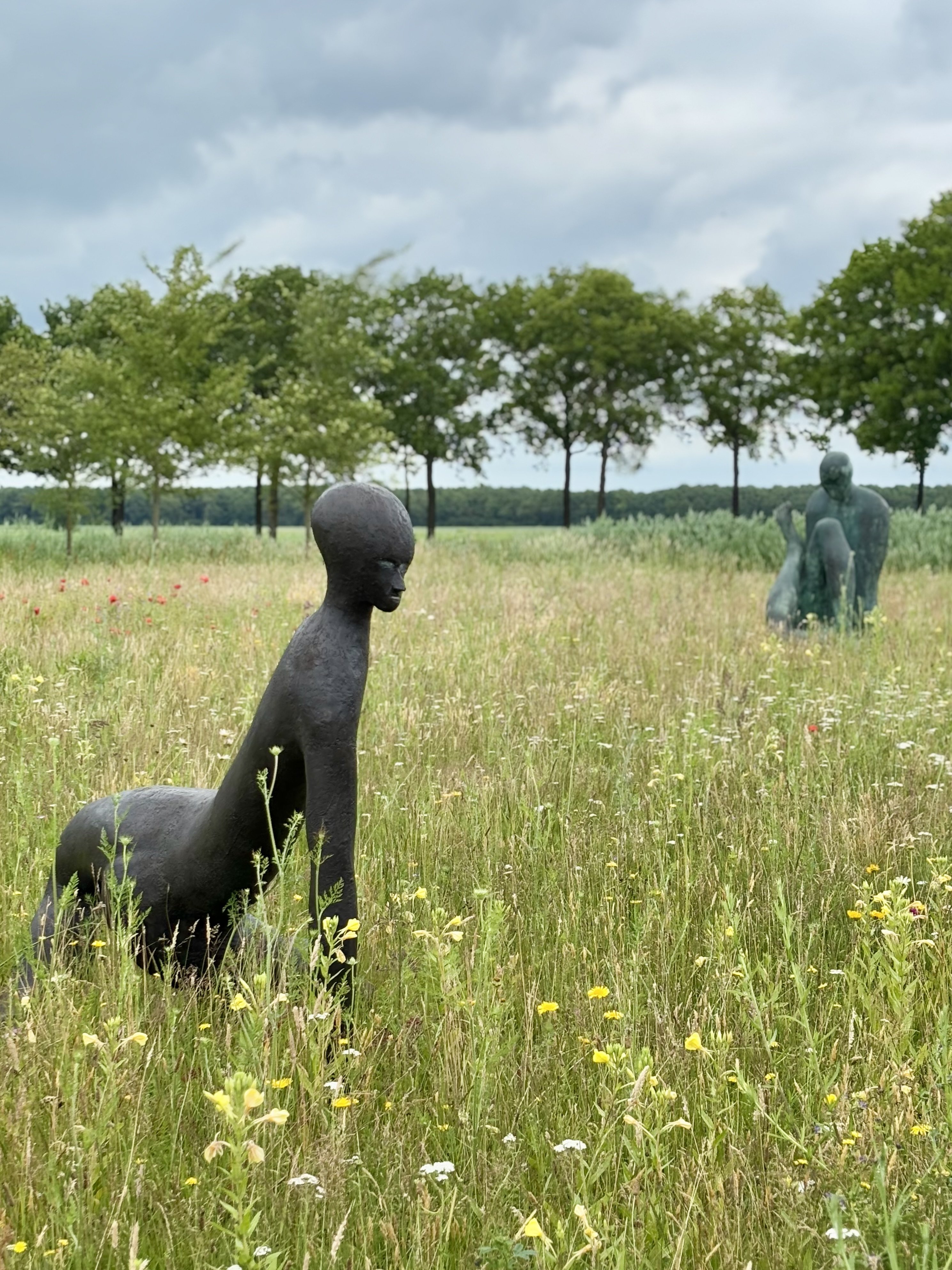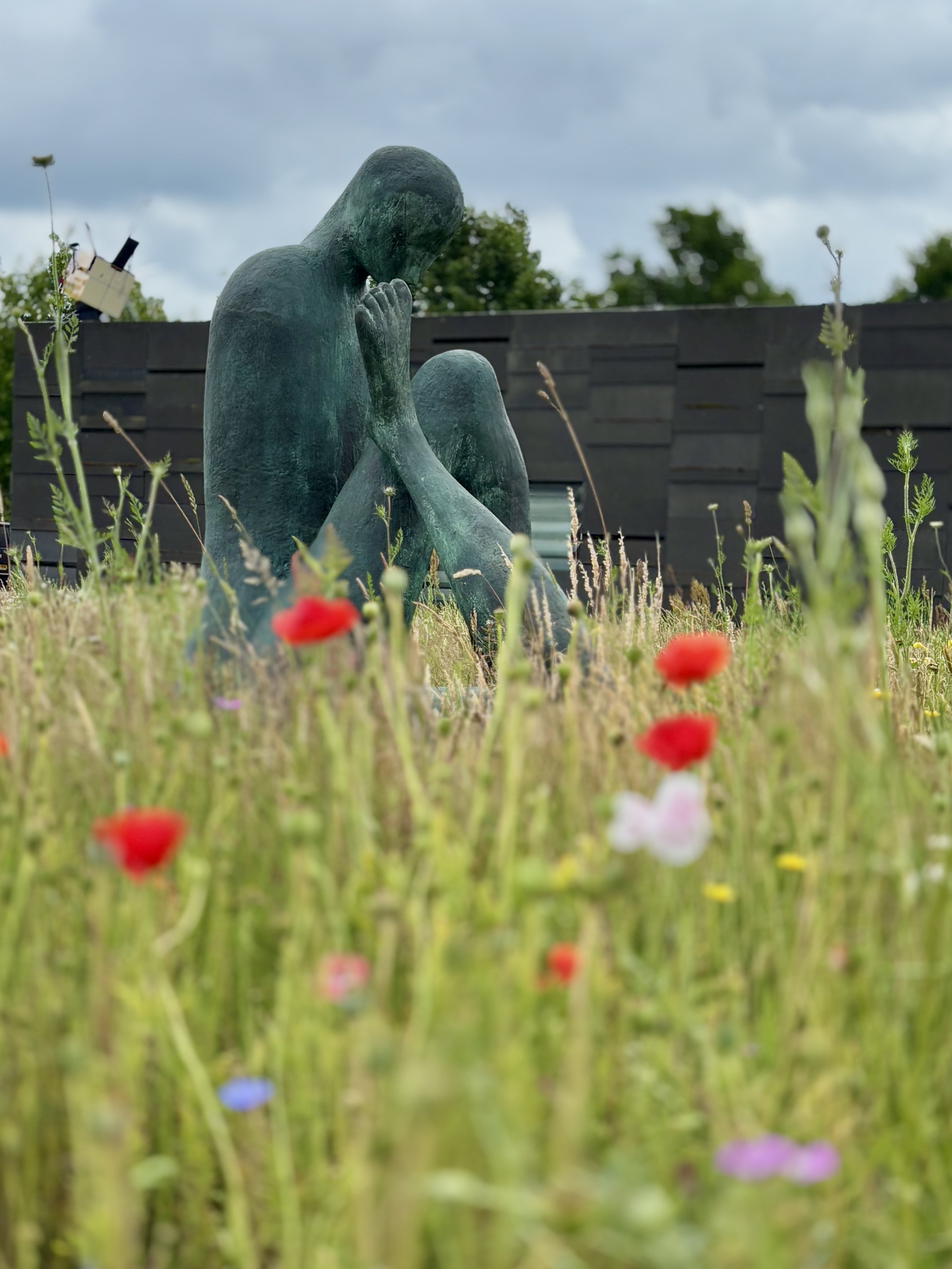Noorderlicht – Machine Entanglements & Henk Visch – Unguided Tours
Coming soon 12 July – 7 September
The Noorderlicht Biennale 2025, entitled Machine Entanglements, opens on 12 July with a large-scale exhibition at six locations simultaneously in Groningen, Friesland and Drenthe. It is the 30th edition of the international photo biennale and the first time that the festival locations can be visited simultaneously for 8 weeks.
In the 2025 edition, the Noorderlicht Biennale focuses on the intertwined relationship between technology, ecology and society. The rapid technological progress has a profound impact on biodiversity, social structures and our shared past. With Machine Entanglements, Noorderlicht wants to create awareness and open the conversation: how does technology shape our lives, our landscape and our collective memory?
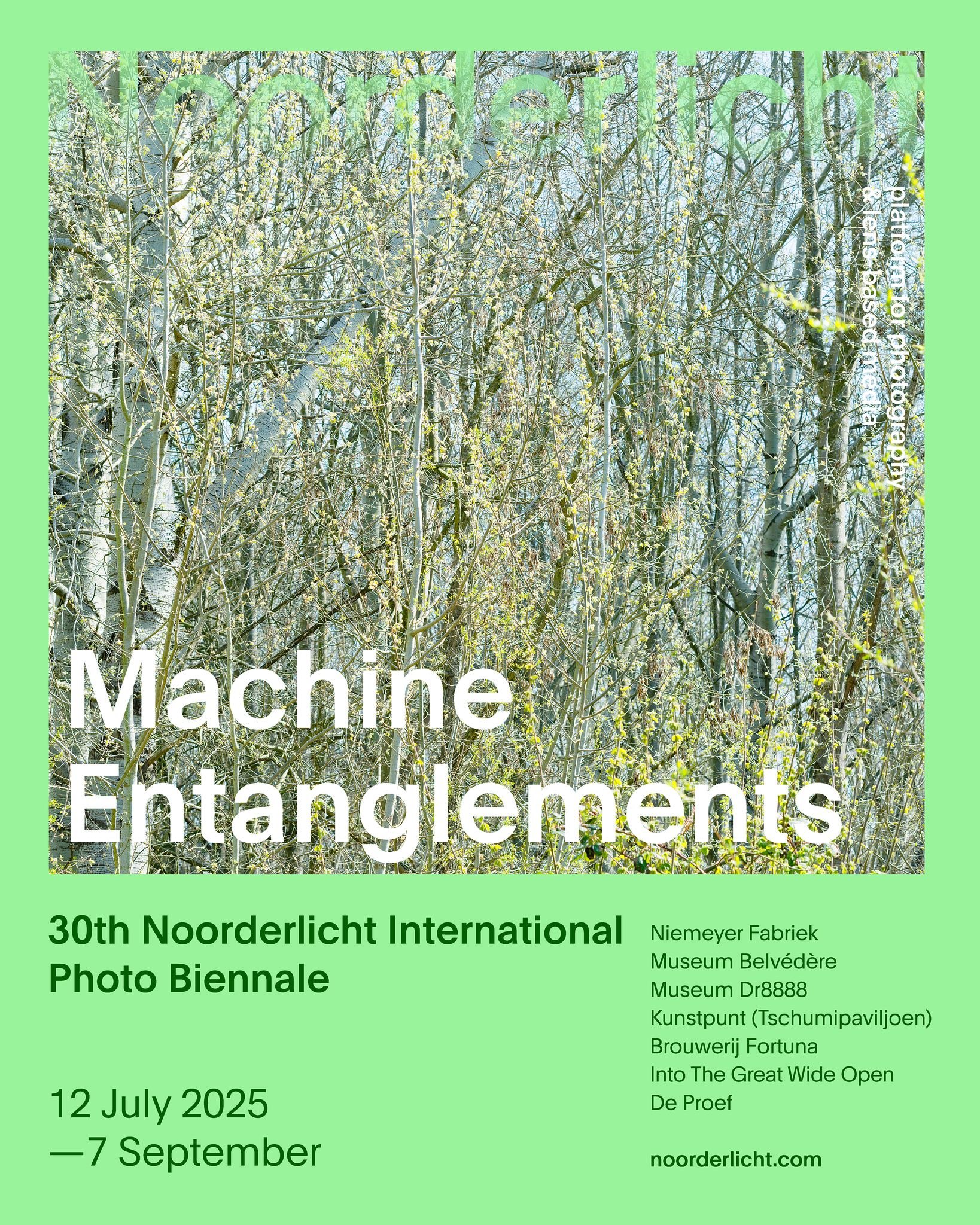
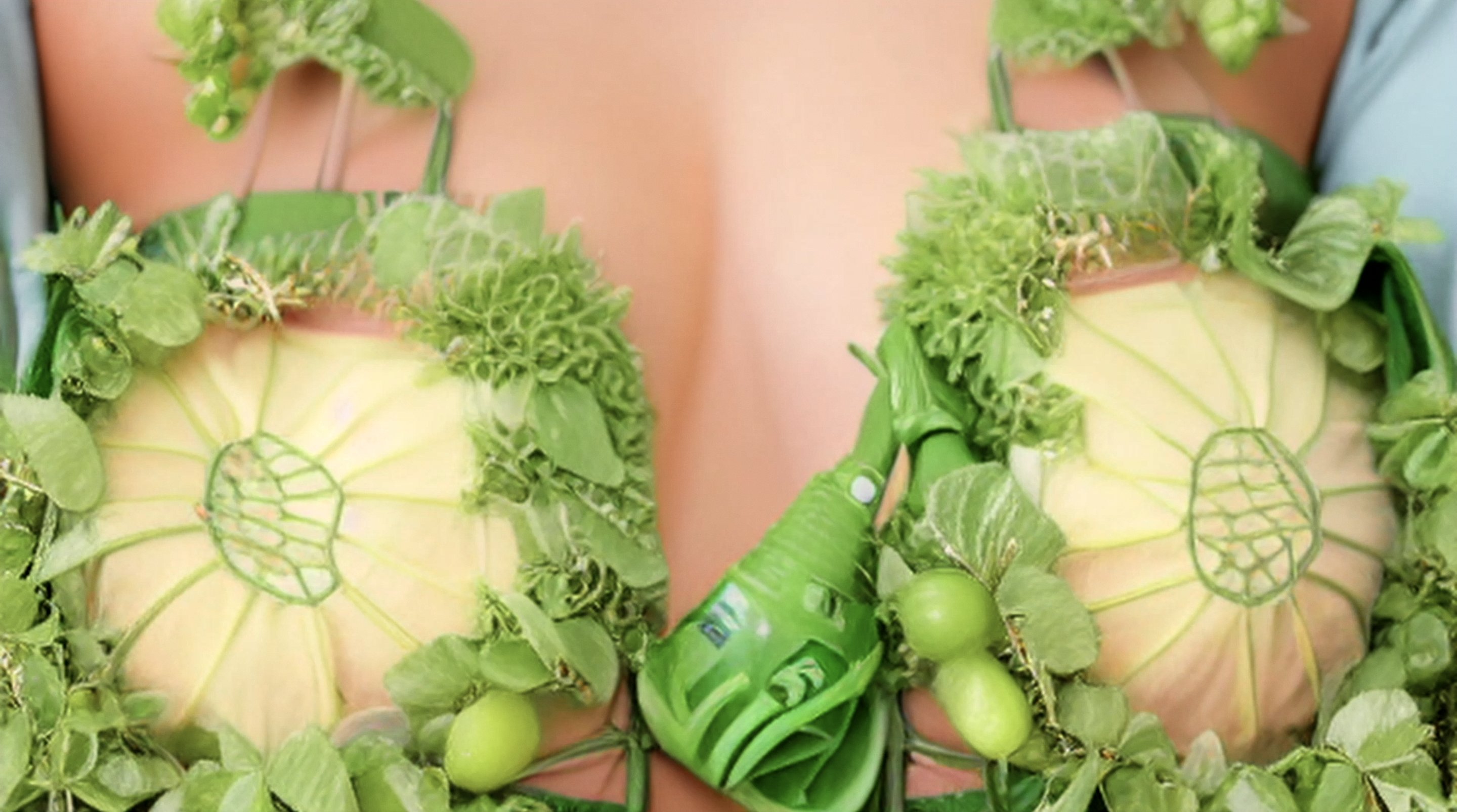
The exhibition at Museum Belvédère focuses on the relationship between technology and ecology. How do human interventions in the landscape affect biodiversity? What does ‘nature’ still mean in a world where even the most remote places are monitored by digital networks? In this exhibition, artists investigate the ecological impact of technology: from satellite images that record climate change to AI-driven agriculture and drone ecologies. What does this technological gaze show us, and what does it make invisible? How can we use technology to understand and protect the earth, rather than deplete it?
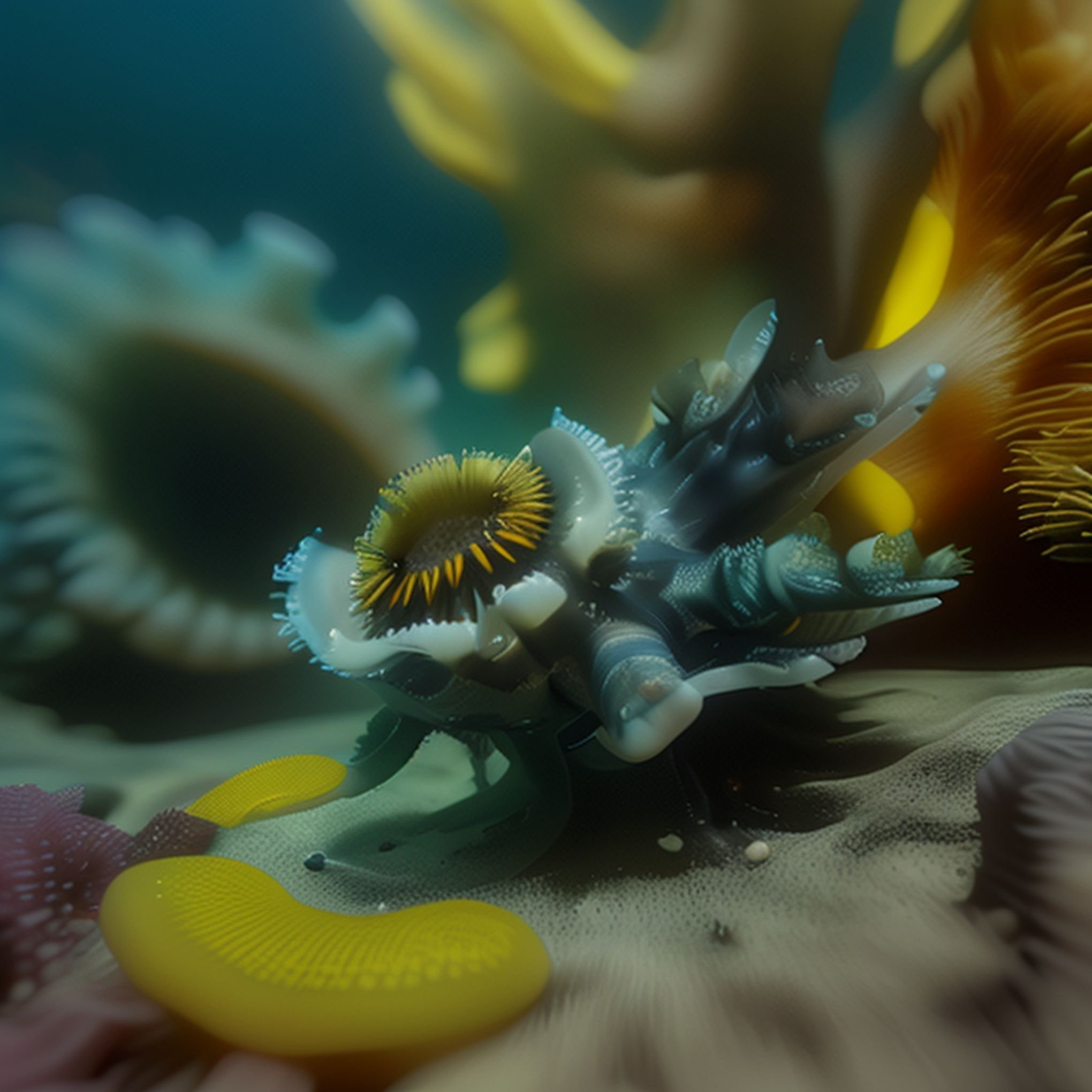
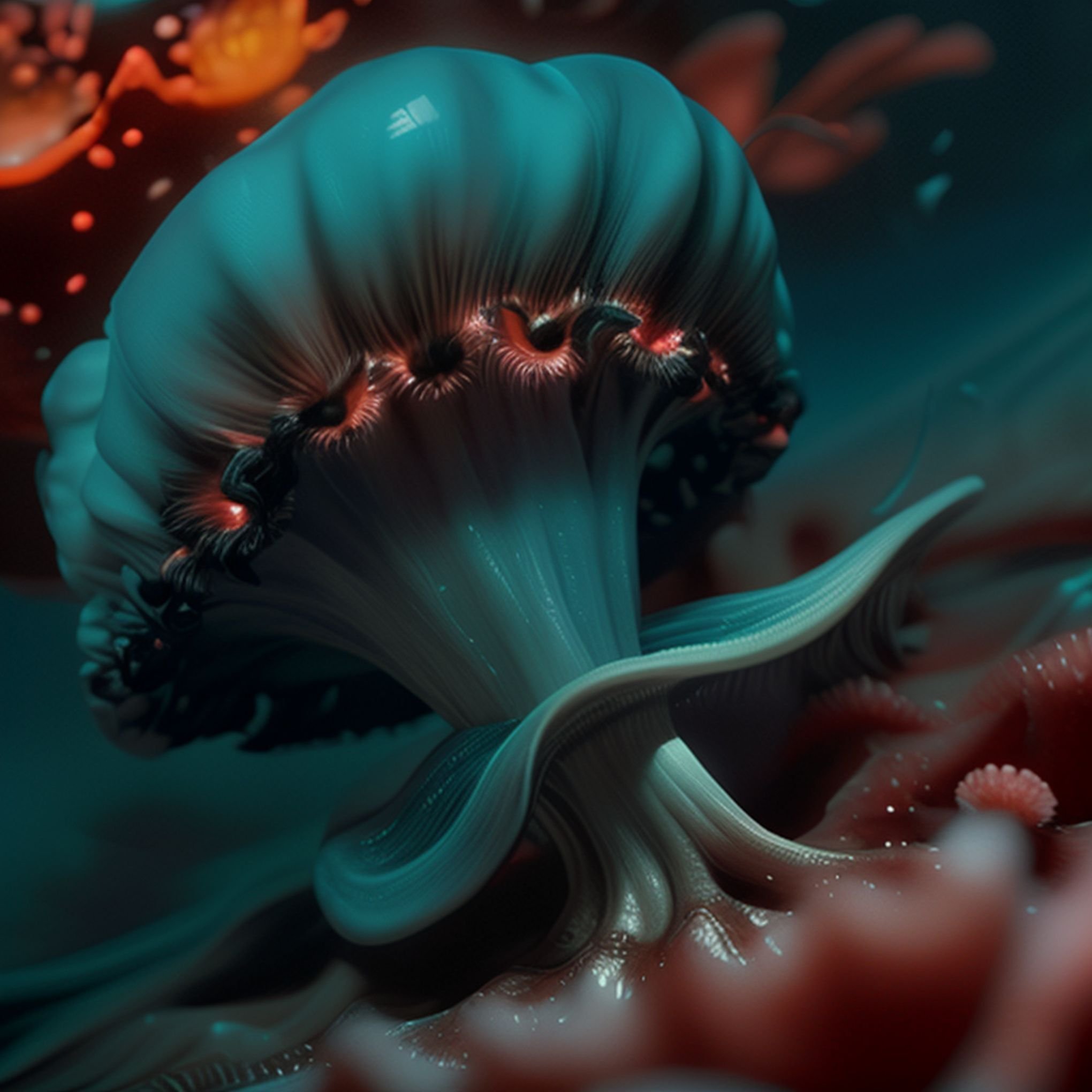

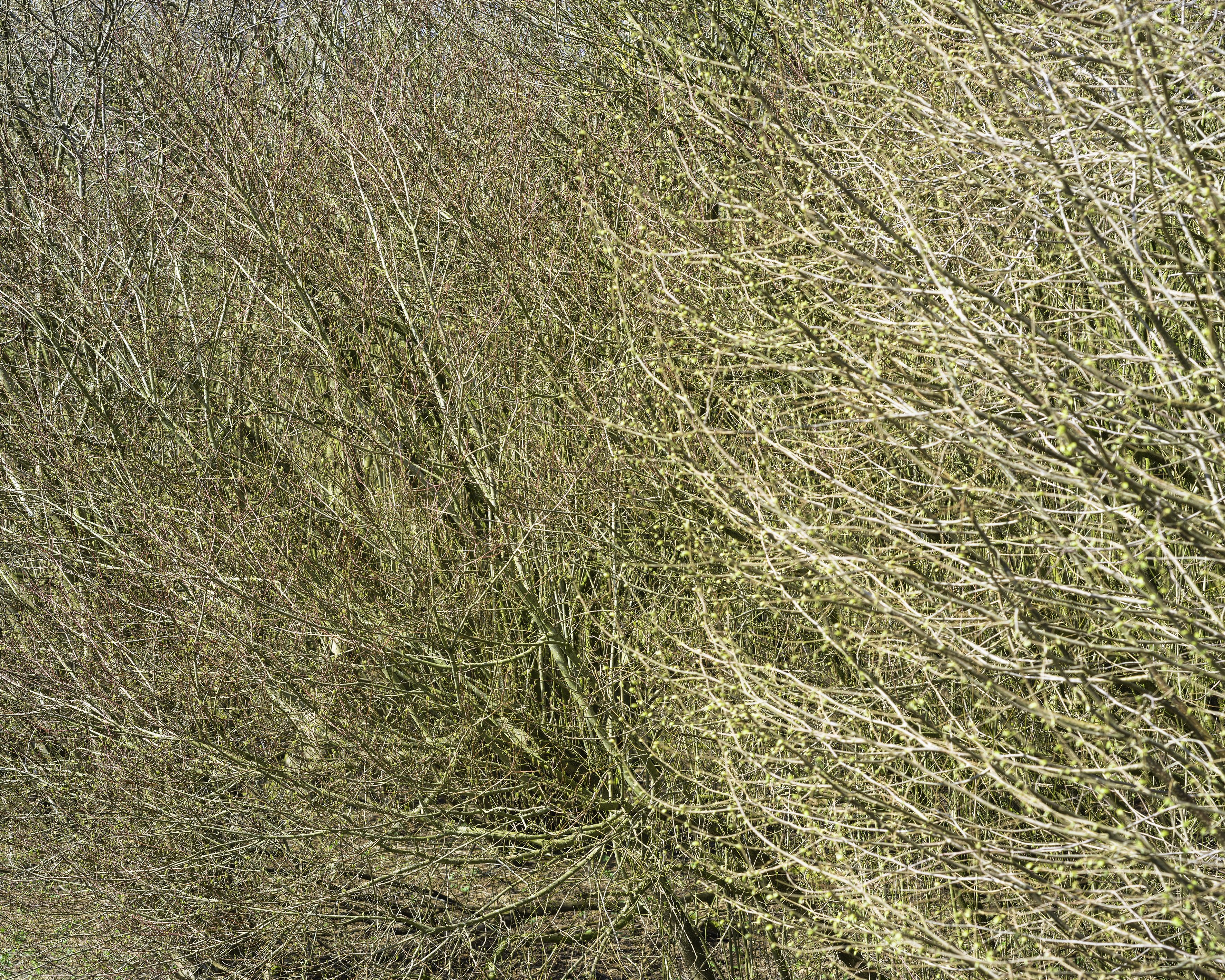
Locations
The 30th Noorderlicht Biennale exhibition Machine Entanglements is spread over six locations: Museum Belvédère (Heerenveen-Oranjewoud), Niemeyer Factory (Groningen), Kunstpunt Tschumi Pavilion (Groningen), Museum Dr8888 (Drachten), De Proef (Frederiksoord) and Brouwerij Fortuna / ITGWO (Vlieland).
Participating artists
With and by: Tjesse Riemersma, Clint Baclawski, Chun Hua Catherine Dong, Michael Najjar, Misha de Ridder, Gjert Rognli, Nicolás Rupcich, Julieta Tarraubella, Hyeseon Jeong & Seongmin Yuk, Victor Mendez, Stijn Terpstra, Mizuho Nishioka, Thomas Kuijpers, Sabrina Ratté, Anouk Kruithof.
Organization: Noorderlicht, platform for lens-based media.
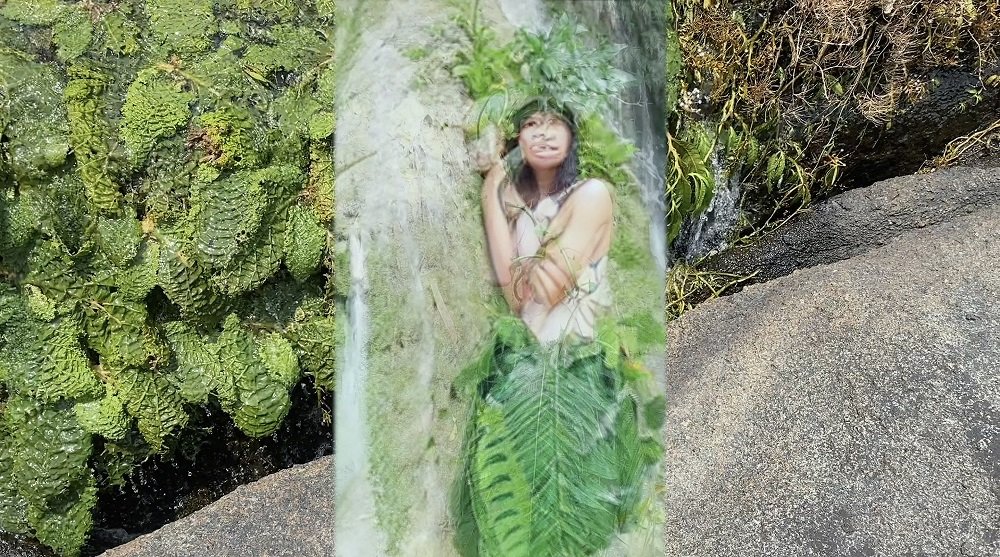
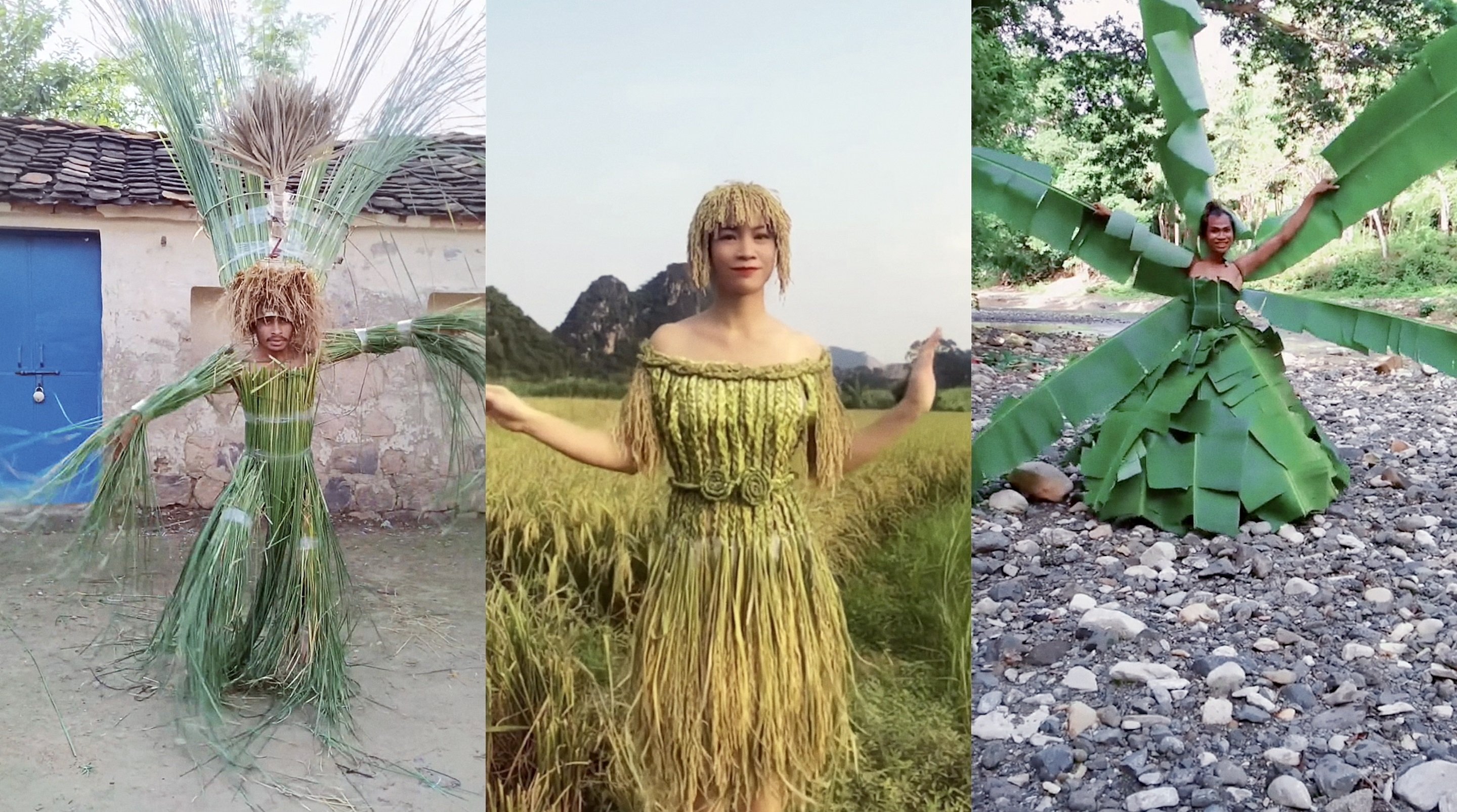
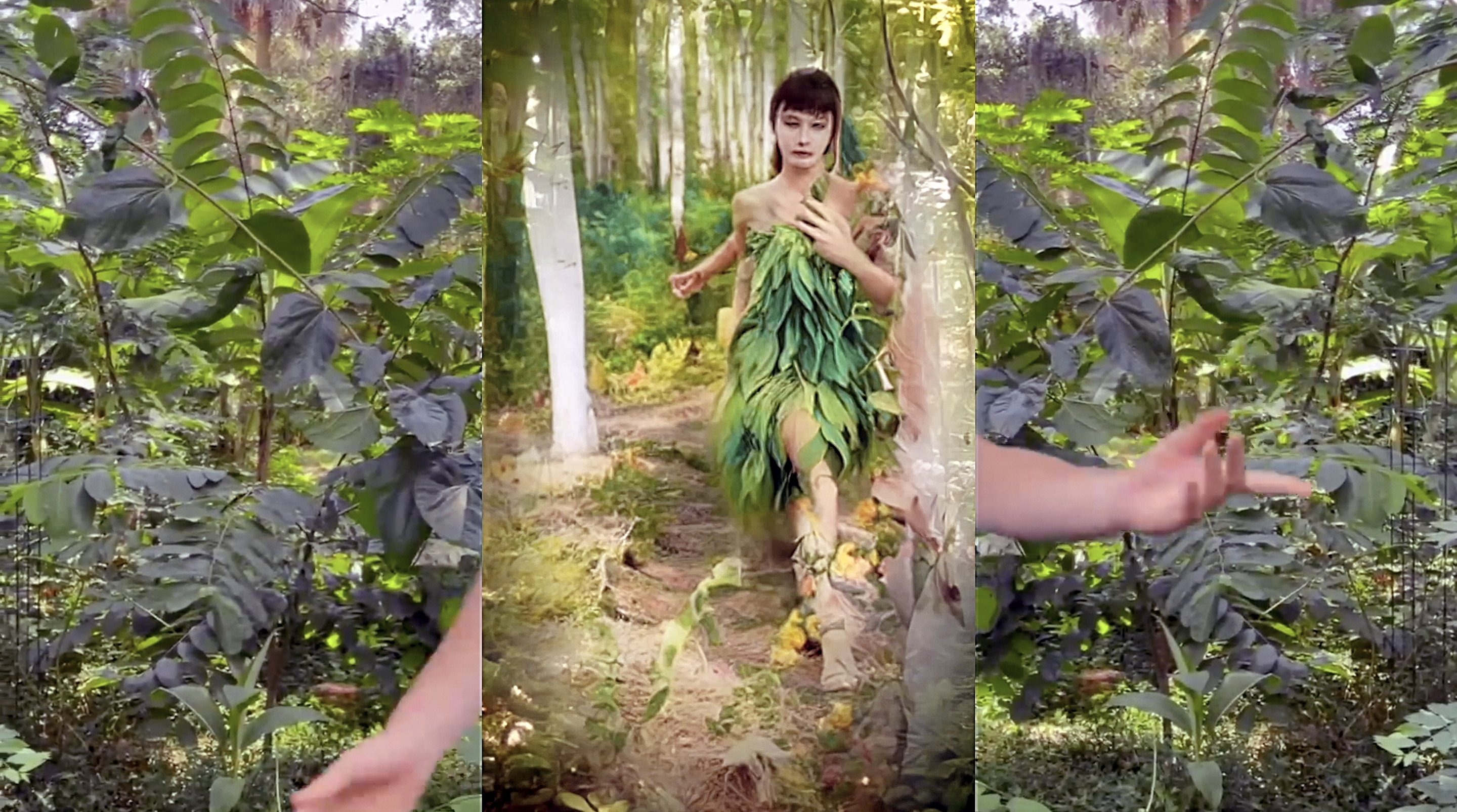
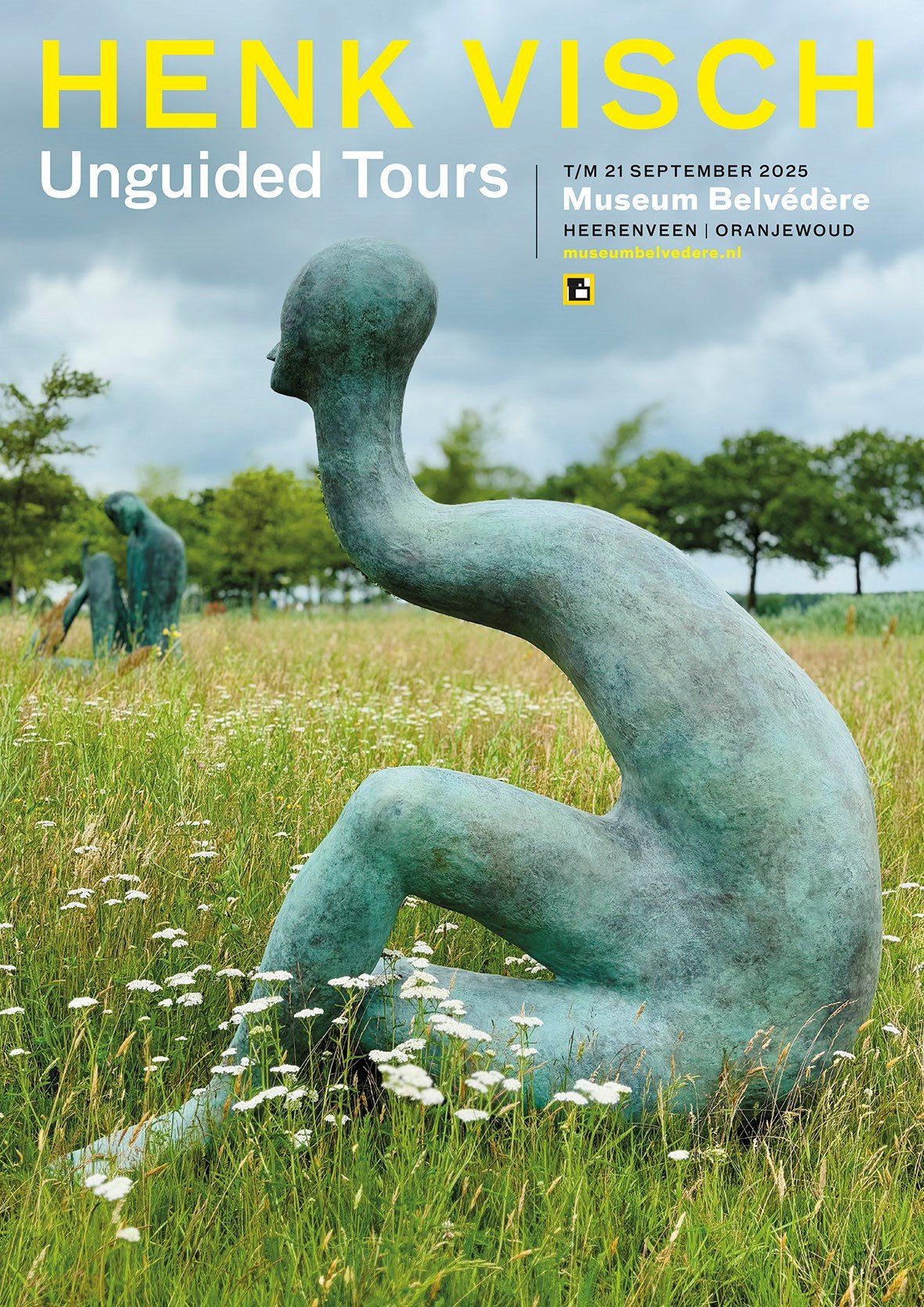
June 28 – September 21
From June 28 to September 21, 2025, Museum Belvédère will present a solo exhibition by visual artist Henk Visch (1950) in the museum park and in the rooms of the west wing. With a selection of twelve sculptures in the museum park, two smaller installations and sculptures in the west wing, the exhibition offers an extensive look at the poetic and often philosophical oeuvre of one of the most idiosyncratic artists in the Netherlands.
Henk Visch's sculptures vary from monumental formats to smaller installations. They are usually made of bronze, aluminum, steel or wood and sometimes in combination with added objects made of found material. The titles that Visch gives to his works are remarkable; they are often poetic, written in different languages and evoke associations and meanings.
Henk Visch is known for a visual language that balances between abstraction and recognizability. His images are often quiet and withdrawn, stylized figures of people and animals, almost delicately balanced. They seem to be lost in thought, waiting or floating between worlds. The artist is not concerned with depicting visible reality, his work is rather a metaphor for reality and experiences. His images raise questions about human presence, vulnerability and the unspeakable.
The exhibition brings together both recent and older work, with key pieces from his oeuvre of the past decades. In addition, both old and new work is presented that has never been shown in a museum before.
The arrangement in the museum park creates a dialogue between form, space and meaning – an invitation to the visitor not only to look, but also to think, to feel and above all to wander.
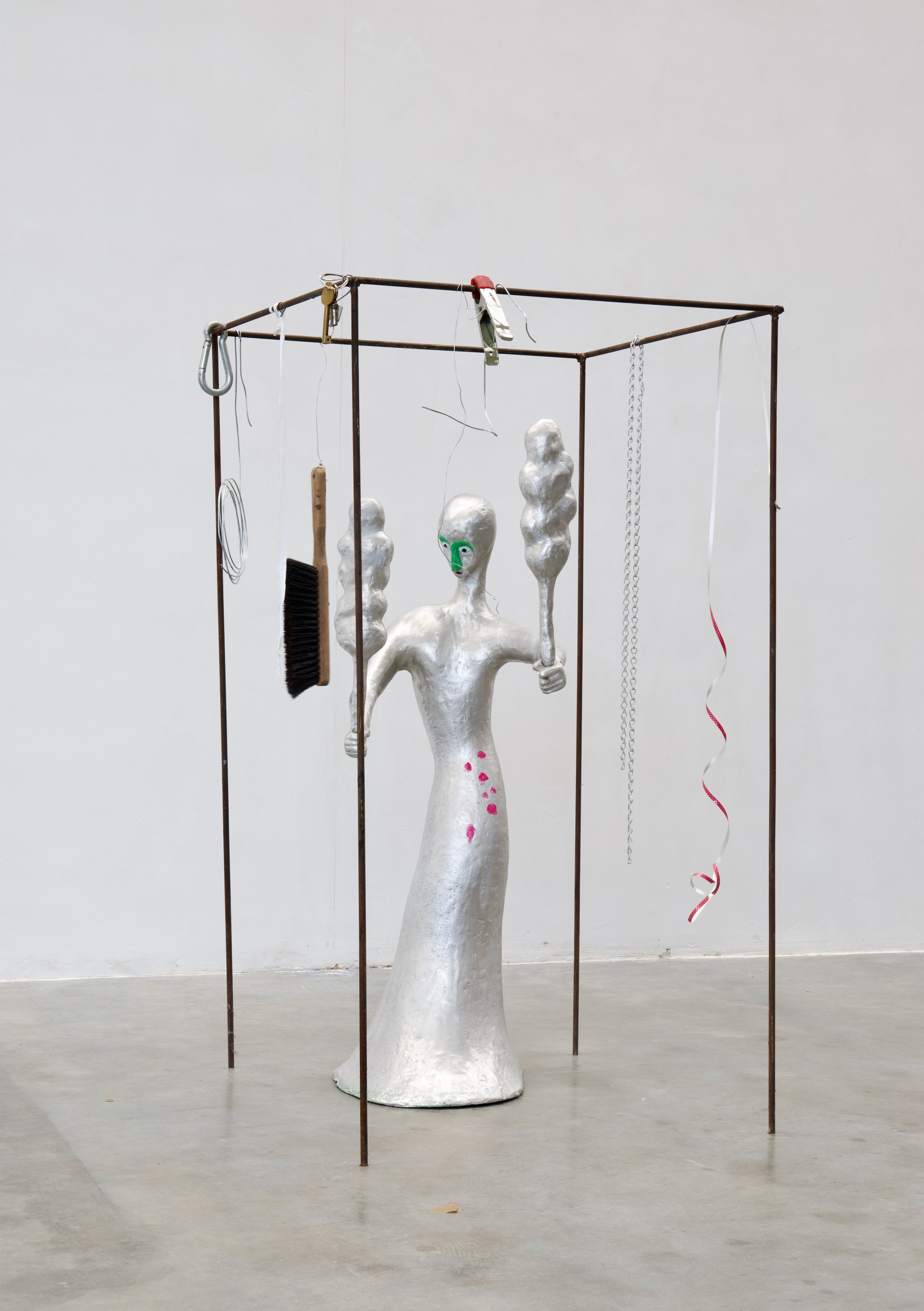
About the artist
Henk Visch (Eindhoven, 1950) is a sculptor, draftsman and graphic artist. He was trained as a graphic artist at the Royal Academy of Art and Design in 's-Hertogenbosch. Visch made his international breakthrough in the 1980s and represented the Netherlands at the Venice Biennale in 1988.
He was a lecturer at the Academies in Amsterdam and Maastricht, a professor in Stuttgart and Münster and a guest lecturer in Beijing. His work is included in numerous collections at home and abroad and is characterised by an interdisciplinary approach in which sculpture, drawing and language are linked.
